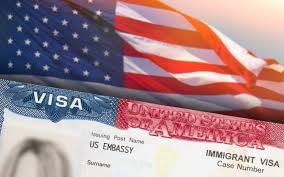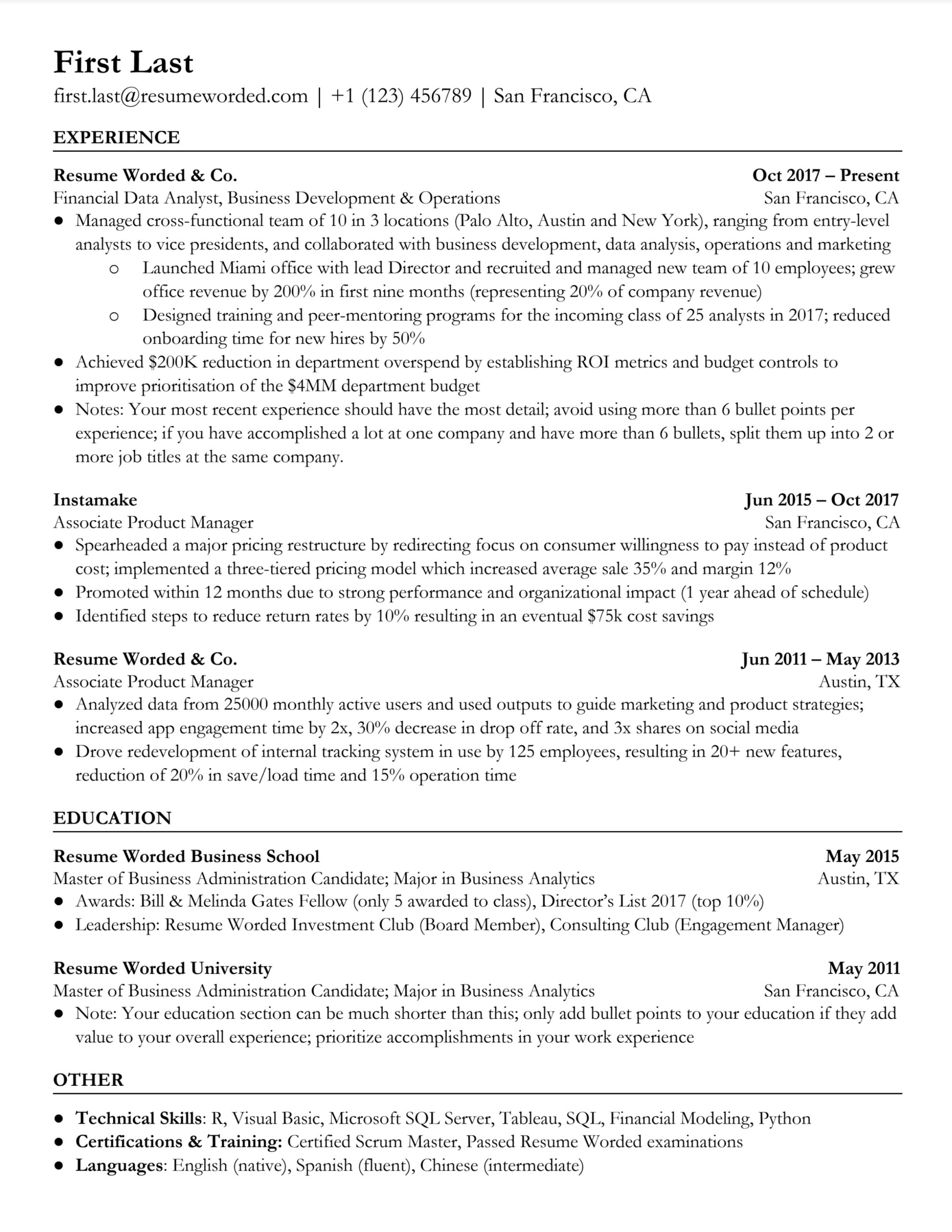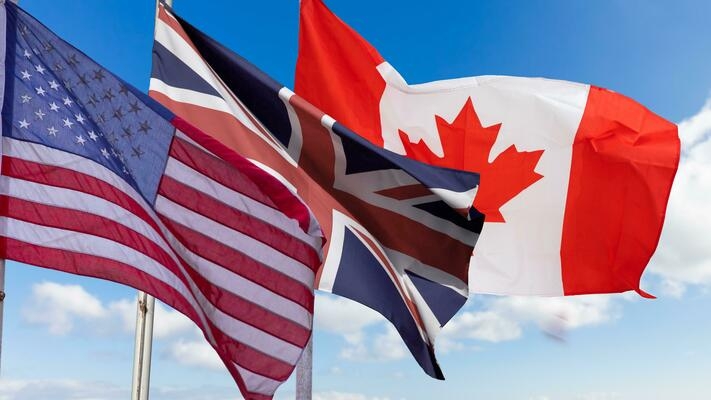When I started looking for U.S. visa sponsorship jobs, it felt like a mix of job posts, visa types, and confusing steps. But once I learned where to search and how to apply the right way, it got much easier. That’s why I made this guide to help you skip the hard parts and go straight to the real opportunities.
In this post, you’ll see real companies offering visa sponsorships in 2025, job roles that are in high demand, and easy steps you can follow to boost your chances. If you work in tech, healthcare, engineering, or another field, there’s a way forward once you know where to look. Let’s go through it together, one step at a time.
Where to Find U.S. Visa Sponsorship Jobs
If you know where to look, finding visa sponsorship jobs becomes much easier. Here are reliable platforms and strategies you can use:

- H1BGrader.com
-
- Shows verified companies that have sponsored H1B visas in the past.
- Includes company profiles, job titles, and approval rates.
- You can filter by job title, salary range, and location.
-
- MyVisaJobs.com
-
- Lists employers that frequently sponsor visas.
- You can search by job title, company, or visa type.
- Includes data on previous sponsorship petitions.
-
- USCIS H1B Database
-
- A government site that shows historical H1B petition data.
- You can confirm which employers actually submitted visa applications.
-
- LinkedIn and Indeed (with filters)
-
- Search keywords like “H1B visa sponsorship” or “visa sponsorship available.”
- Use filters for job type, company, and country to narrow it down.
-
Read: Top 10 In-Demand Jobs in the US for 2025 And How to Land One
Top Industries Offering Sponsorship in 2025
Some industries have a higher demand for international workers and are more likely to offer sponsorship. These are the most active and reliable industries for visa sponsorships:
- Technology (Software, IT, Cybersecurity, Data Science)
-
- Tech companies are always looking for global talent.
- Popular sponsors: Google, Amazon, Meta, IBM, Microsoft, Oracle.
-
- Healthcare (Nurses, Doctors, Technicians, Therapists)
-
- Hospitals and medical centers sponsor RNs and specialists.
- Popular sponsors: Mayo Clinic, Cleveland Clinic, HCA Healthcare.
-
- Engineering (Civil, Mechanical, Electrical, Chemical)
-
- U.S. infrastructure and tech expansion create a high demand.
- Popular sponsors: Tesla, Siemens, General Electric, Bechtel.
-
- Finance and Accounting
-
- Investment firms and big banks hire global finance experts.
- Popular sponsors: Deloitte, JPMorgan Chase, EY, PwC, KPMG.
-
- Education
-
- Many U.S. schools sponsor teachers, especially in STEM or ESL.
- Popular sponsors: Local school districts and international schools.
-
Top Companies Offering U.S. Visa Sponsorship
These companies are known for consistently sponsoring thousands of visa applicants each year. Here are some of the most active U.S. companies offering sponsorships:
- Amazon
-
- Sponsors across tech, logistics, business, and cloud services.
- Offers relocation support and visa application assistance.
-
- Google
-
- Regularly sponsors roles in software engineering, UX, data, and AI.
- Known for streamlined sponsorship and onboarding.
-
- Microsoft
-
- Offers H1B, O-1, and green card sponsorships.
- Hires for cloud, cybersecurity, and enterprise services.
-
- Deloitte and EY
-
- Sponsor accountants, consultants, and analysts.
- Large global teams mean regular visa filings.
-
- Meta (Facebook)
-
- Sponsors for AR/VR, software, research, and product roles.
- Competitive salaries and full immigration support.
-
- Infosys, TCS, Wipro, Accenture
-
- These firms file thousands of H1B applications yearly.
- Often sponsor roles in IT consulting and software development.
-
Job Roles Most Likely to Get Sponsored
Some roles are in such high demand that companies are more likely to sponsor for them. Look out for roles like:
- Software Developer / Engineer
- Data Analyst / Data Scientist
- Cybersecurity Analyst
- Registered Nurse (RN)
- Physical Therapist / Occupational Therapist
- Financial Analyst / Accountant
- Civil / Mechanical / Electrical Engineer
- Cloud Engineer / DevOps Specialist
- Teacher (especially STEM or ESL)
Read: How to Find and Secure Housekeeping Supervisor Jobs in the USA with Visa Sponsorship Opportunities
How to Increase Your Chances of Getting Sponsored
The right approach can make you stand out to employers offering visa sponsorships. Here’s how to improve your chances:

- Tailor Your Resume to the U.S. Format
-
- Use clear, concise formatting with no personal details like age or photo.
- Focus on skills, results, and keywords from the job post.
-
- Apply Directly on Company Career Pages
-
- Avoid third-party sites when possible.
- Use the company’s official job portal to apply, it’s more trusted.
-
- Mention Willingness to Relocate and Visa Needs
-
- Be upfront in your cover letter.
- Say something like: “Open to relocation and require H1B visa sponsorship.”
-
- Build a Strong LinkedIn Profile
-
- Keep it updated, professional, and keyword-rich.
- Engage with recruiters and connect with employees at target companies.
-
- Use Job Boards that List Visa-Sponsored Roles
-
- Check boards like H1BGrader and MyVisaJobs regularly.
- Set alerts for new listings.
-
How the U.S. Sponsorship Process Works
Before you land a job in the U.S. with visa sponsorship, there are key steps that happen behind the scenes. Here’s how the process usually works:
Timeline from Job Offer to Visa Approval
Once you get a job offer, the employer starts the sponsorship process. On average, it can take anywhere from a few weeks to several months depending on the visa type (like H-1B, TN, or L-1).
- Job offer accepted: You accept the offer and confirm your need for visa sponsorship.
- Petition filing: The employer files a petition with U.S. immigration (USCIS).
- Petition processing: USCIS reviews and processes the application.
- Decision made: You get an approval notice if the petition is successful.
Role of Employer in Filing the Petition
The employer plays a big part in your visa process. They must:
- Sponsor you by proving there’s a real job offer.
- Show that no local worker can easily fill the position.
- Handle the paperwork and pay some visa-related fees.
Without an employer’s support, you can’t apply for most U.S. work visas.
Key Documents Needed
Here are the main documents usually required:
- Your resume and qualifications
- Job offer letter
- Passport and previous visa info (if any)
- Employer’s petition forms (like Form I-129 for H-1B)
- Proof of your degree and certifications
Sometimes more documents may be needed based on the visa type.
What Happens After Approval (Visa Stamping & Relocation)
Once approved, you’ll get a notice from USCIS. Then:
- You book a visa interview at the U.S. embassy or consulate in your country.
- After the interview, if approved, your passport is stamped with the visa.
- You can now plan your move, book a flight, and prepare to relocate.
It’s important to have copies of your documents, confirm your relocation support with the employer, and check local travel rules before flying to the U.S.
Read: The Power of Informational Interviews: 7 Questions to Ask Industry Experts
Common Mistakes to Avoid When Seeking Sponsorship
Many applicants miss out on real chances because of small but costly mistakes. Here’s what to avoid:

- Applying to Companies That Don’t Sponsor: Not all companies are willing or able to sponsor visas.
-
- Always check the job listing for “visa sponsorship available.”
- Use filters on job sites like Indeed or LinkedIn to target only sponsoring companies.
- Look up the company’s sponsorship history (you can search them on H1Bdata.info).
-
- Not Meeting Job Qualifications: If you apply without meeting the job’s basic requirements, you’ll likely get rejected.
-
- Make sure your skills match the job listing.
- If a job needs U.S. licensing (e.g., nursing), get certified before applying.
- Tailor your resume to each job with clear examples of your work.
-
- Being Unclear About Visa Needs: If you don’t explain your visa needs clearly in the application, the employer may skip your profile.
-
- Add a short sentence in your cover letter like: “I will need H-1B visa sponsorship to work in the U.S.”
- Be honest and clear when recruiters reach out.
-
- Failing to Follow Up or Track Applications: Not checking your application status or following up can cost you opportunities.
-
- Use a spreadsheet or tool to track where you applied and when.
- Send a short follow-up email if you don’t hear back in 1–2 weeks.
- Be ready to respond quickly if recruiters ask for interviews or documents.
-
Final Tips for Getting U.S. Visa Sponsorship in 2025
Getting sponsored takes time and effort, but these tips can make a big difference:
Start Early and Apply to Multiple Roles
- The earlier you start, the more options you’ll find.
- Don’t wait for one reply, send out many applications.
Focus on In-Demand Skills
- Jobs in tech, healthcare, engineering, finance, and logistics are often sponsored.
- Learn tools or skills that employers are looking for (e.g., Python, AWS, RN license, etc.).
Stay Updated on Immigration Policies
- Follow official sources like USCIS.gov for changes.
- Join expat or visa-related forums to stay in the loop.
Connect with Recruiters and Professionals via LinkedIn
- Build a simple and strong LinkedIn profile.
- Message recruiters directly with a short, polite introduction.
- Join groups where international hiring is discussed.
Stay Persistent and Flexible
- Be open to different U.S. states or cities, not just popular ones like New York or California.
- If one field isn’t working out, consider applying your skills in a related role.
Finding a U.S. visa sponsorship job takes work, but it’s possible when you know where to look and how to apply. Start early, aim for roles that match your skills, and stay consistent with your efforts. Avoid common mistakes, follow up regularly, and stay connected with people who can help. With the right approach and mindset, getting sponsored in 2025 can become more than just a goal, it can become your reality.


